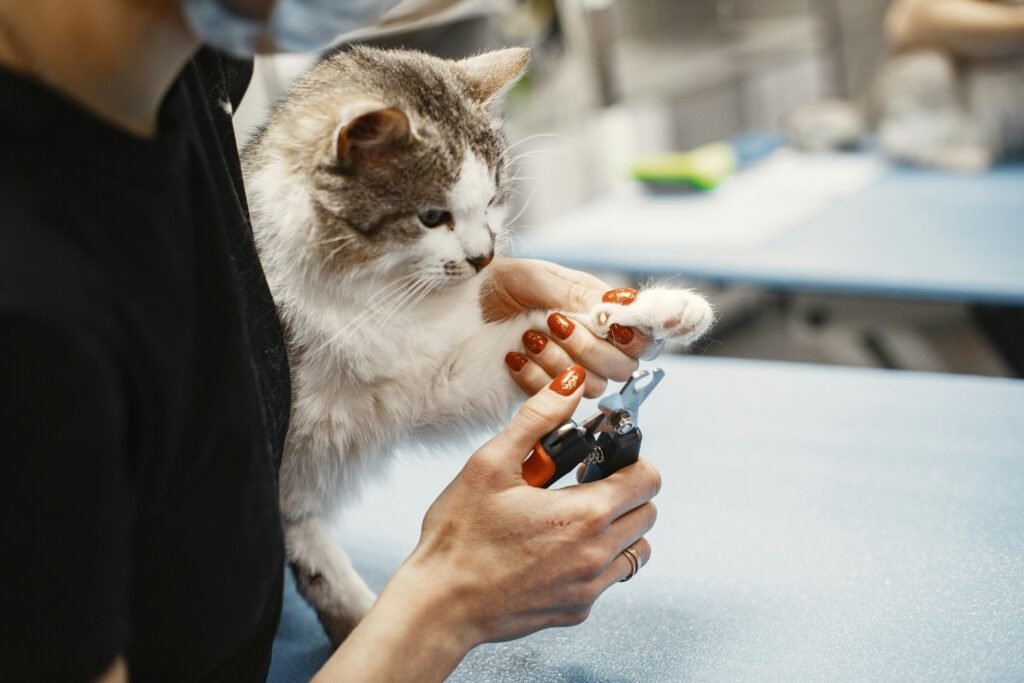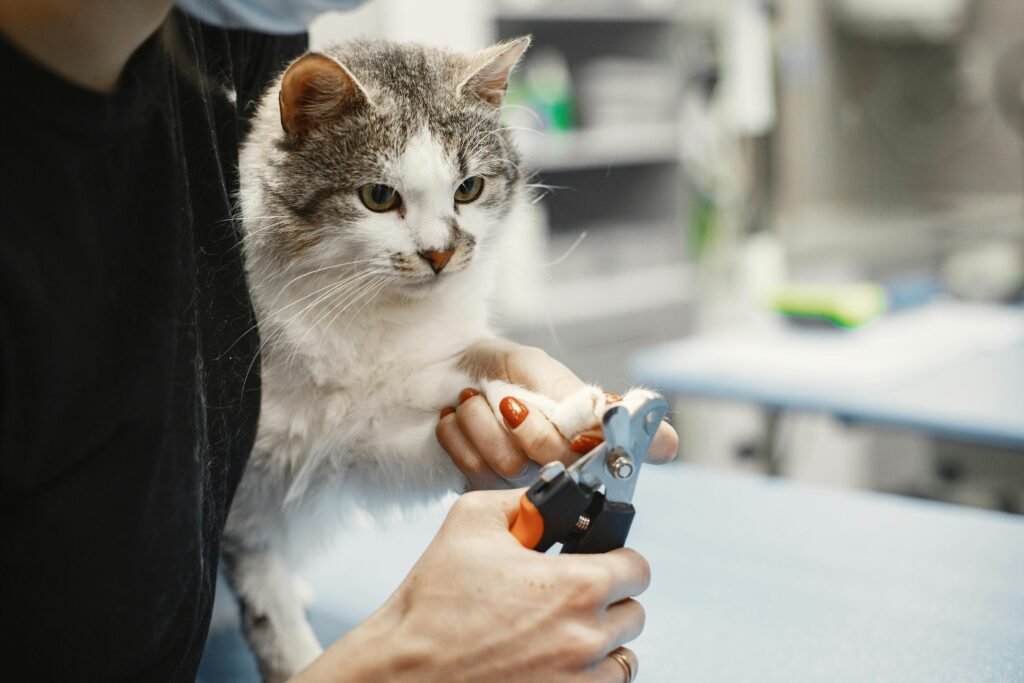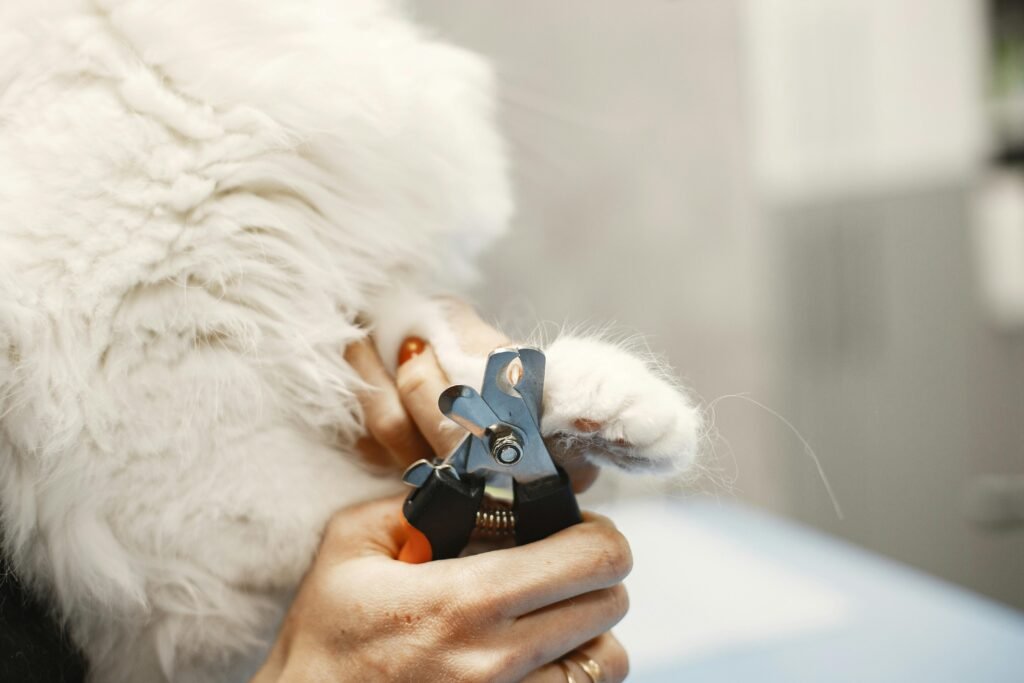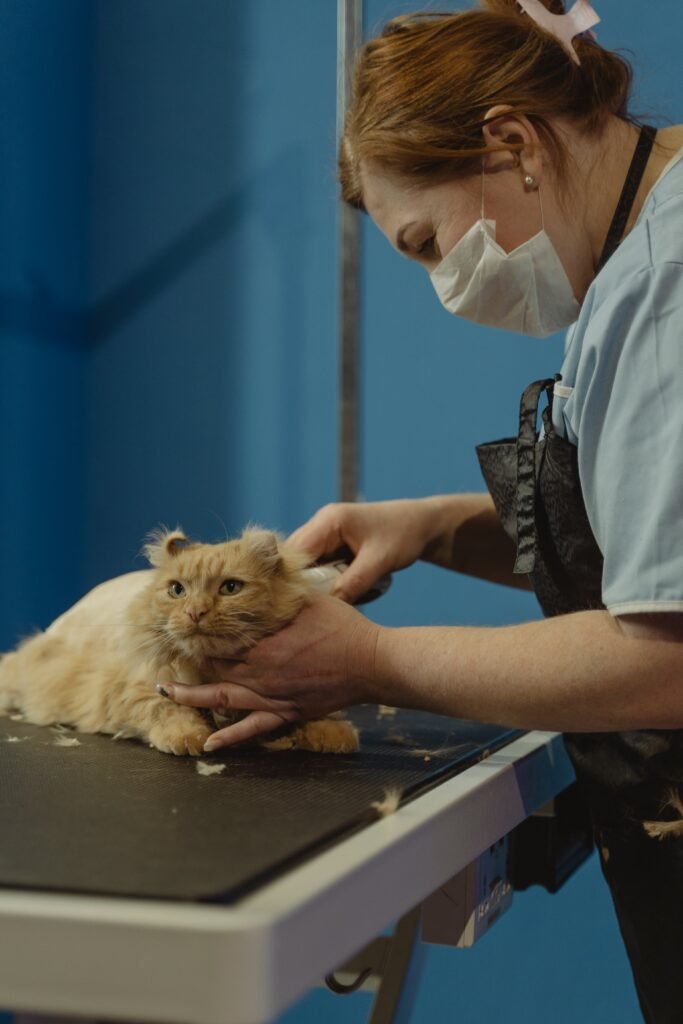Cats are lovable creatures, but their sharp claws can scratch furniture, skin, and even hurt themselves. Best Way to Trim Cat Nails helps them avoid these problems. If you’ve never done it before, don’t worry! With the right method and some patience, it can be quick and stress-free. In this post, I’ll walk you through the best way to trim your cat’s nails without hassle.
Why Should You Trim Your Cat’s Nails?
Keeping your cat’s nails short is essential for several reasons:
- Prevents scratching accidents: Long claws can cause unintentional scratches.
- Stops damage to furniture and carpets: Cats love to scratch objects to mark territory.
- Reduces pain for the cat: Overgrown claws can curl inward and grow into their paw pads.
- Maintains hygiene: Broken claws can lead to infections.
How Often Should You Trim Your Cat’s Nails?
Cats generally need a nail trim every 2–4 weeks. Some cats may need more frequent trimming, especially if they don’t use scratching posts regularly. Monitor your cat’s claws often to check if they’re too long.
Best Tools to Use for Trimming Cat Nails
You need the right tools to make nail trimming easier. Here are the best options:
- Cat nail clippers: Designed specifically for cats, with rounded edges to prevent splintering.
- Guillotine-style trimmers: Work well for quick, precise cuts.
- Human nail clippers: Can be used in a pinch, but cat-specific clippers are safer.
- Styptic powder (optional): Stops bleeding if you accidentally cut too far.
Step-by-Step Guide to Trimming Your Cat’s Nails
1. Prepare Yourself and Your Cat
- Pick a quiet time when your cat is calm—after a meal or play session is ideal.
- Gather the clippers, treats, and styptic powder (just in case).
- Use gentle handling: Sit with your cat on your lap or in a comfortable spot.
2. Familiarize Your Cat with the Clippers
- Let your cat sniff the clippers before using them.
- Touch your cat’s paws gently and give a treat each time. This will build trust.

3. Hold the Paw Properly
- Gently press on the paw pad to extend the claws.
- Hold the paw firmly but don’t squeeze—it should feel secure, not stressful for the cat.
4. Identify the Quick
- The quick is the pink area inside the nail that contains blood vessels and nerves. Avoid cutting into it, as it will cause pain and bleeding.
- For white nails, the quick is easy to see. For black nails, trim a little at a time to avoid hitting the quick.

5. Trim the Nail
- Cut the nail at a slight angle, following its natural curve.
- Only trim the tip—usually, the sharp point is all that needs to be removed.
- If you’re unsure, it’s better to cut less and trim again later if needed.

6. Reward Your Cat
- After trimming each nail, give your cat a treat and some gentle praise.
- This helps your cat associate nail trimming with positive experiences.

7. What to Do If You Cut the Quick
- Don’t panic! If the nail bleeds, apply styptic powder or a cornstarch paste to stop it.
- Comfort your cat and take a break if needed before continuing.
How to Make Trimming Easier Over Time
- Practice handling your cat’s paws daily. This makes them used to the sensation.
- Use short trimming sessions if your cat is nervous—trim just one or two nails at a time.
- Introduce the clippers early if you have a kitten to make the process routine.
When to Seek Help from a Vet or Groomer
If your cat becomes very stressed or aggressive during nail trims, consult a veterinarian or professional groomer. They have experience handling anxious cats and can also show you proper techniques.
Common Mistakes to Avoid
- Rushing the process: Cats need time to feel comfortable.
- Skipping treats or rewards: Positive reinforcement makes trimming easier over time.
- Cutting too close to the quick: Always trim a little at a time to avoid accidents.
- Forcing your cat: If your cat resists, take a break and try again later.
FAQs: Best Way to Trim Cat Nails
1. How do I know when my cat’s nails need trimming?
If you hear clicking sounds when your cat walks on hard surfaces or notice snagging on fabrics, it’s time for a trim.
2. Can I use human nail clippers to trim my cat’s nails?
Yes, but cat-specific clippers are safer because they’re designed to cut without splintering the nail.
3. What if my cat refuses to let me trim their nails?
Try trimming when your cat is sleepy, and break it into small sessions. If it remains a problem, consult a vet or groomer.
4. Is it necessary to trim the back claws too?
Yes, but back claws grow more slowly and don’t need trimming as often.
5. How do I stop the bleeding if I cut too far?
Apply styptic powder or cornstarch to the bleeding nail and apply light pressure.
6. Can declawing be an alternative to trimming nails?
No, declawing is a painful procedure that is often discouraged. Regular nail trimming and proper scratching posts are better options.


